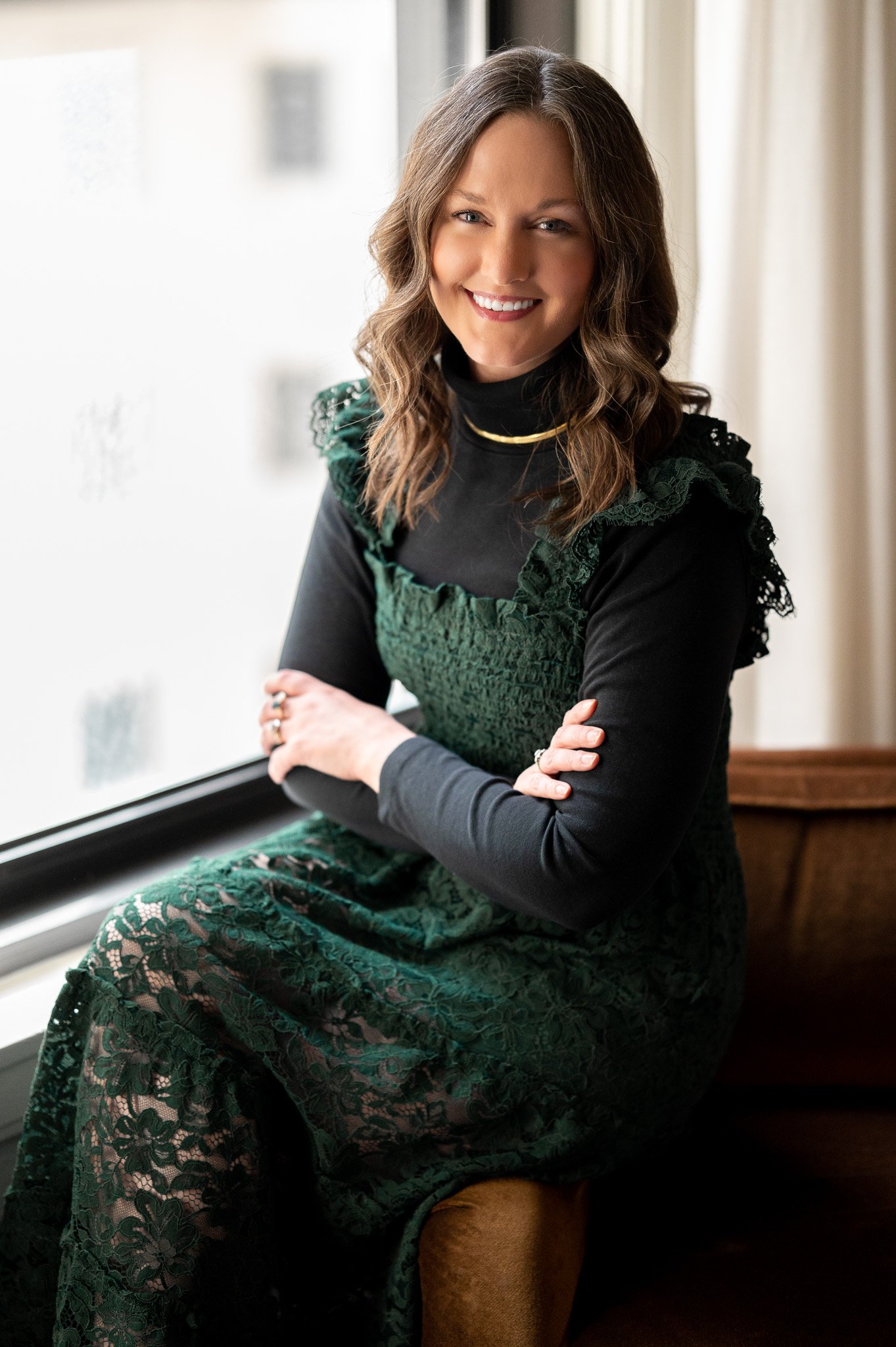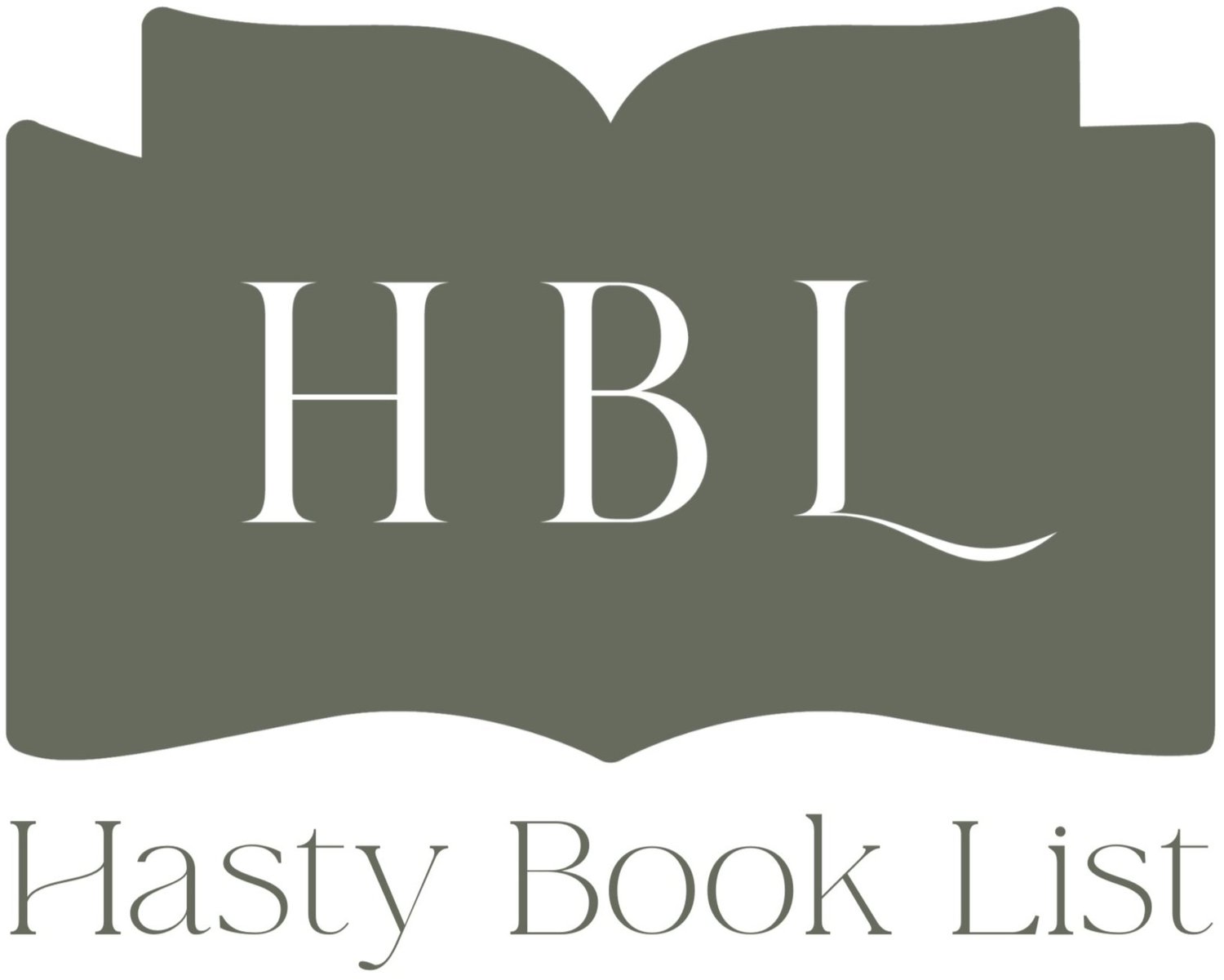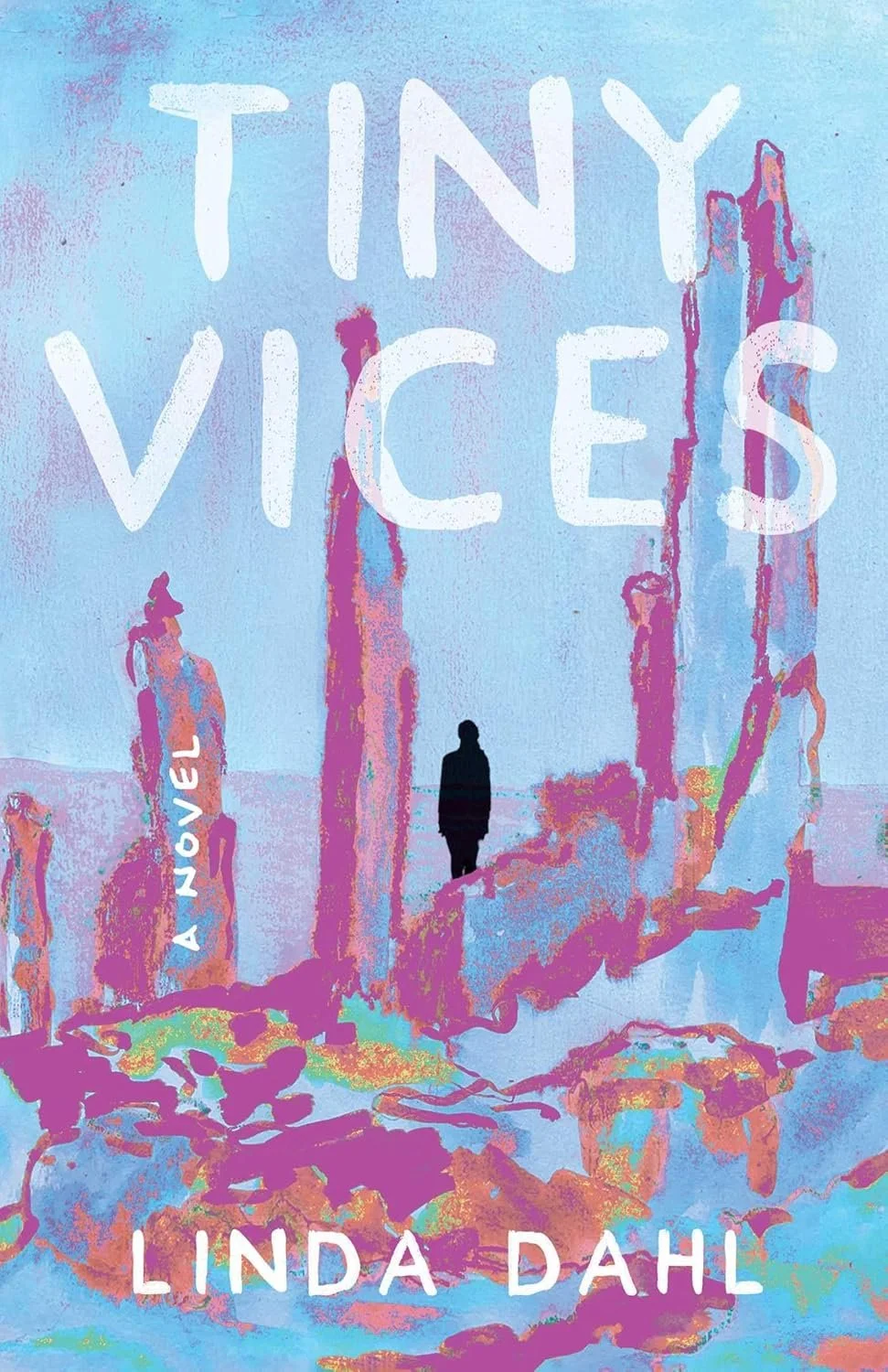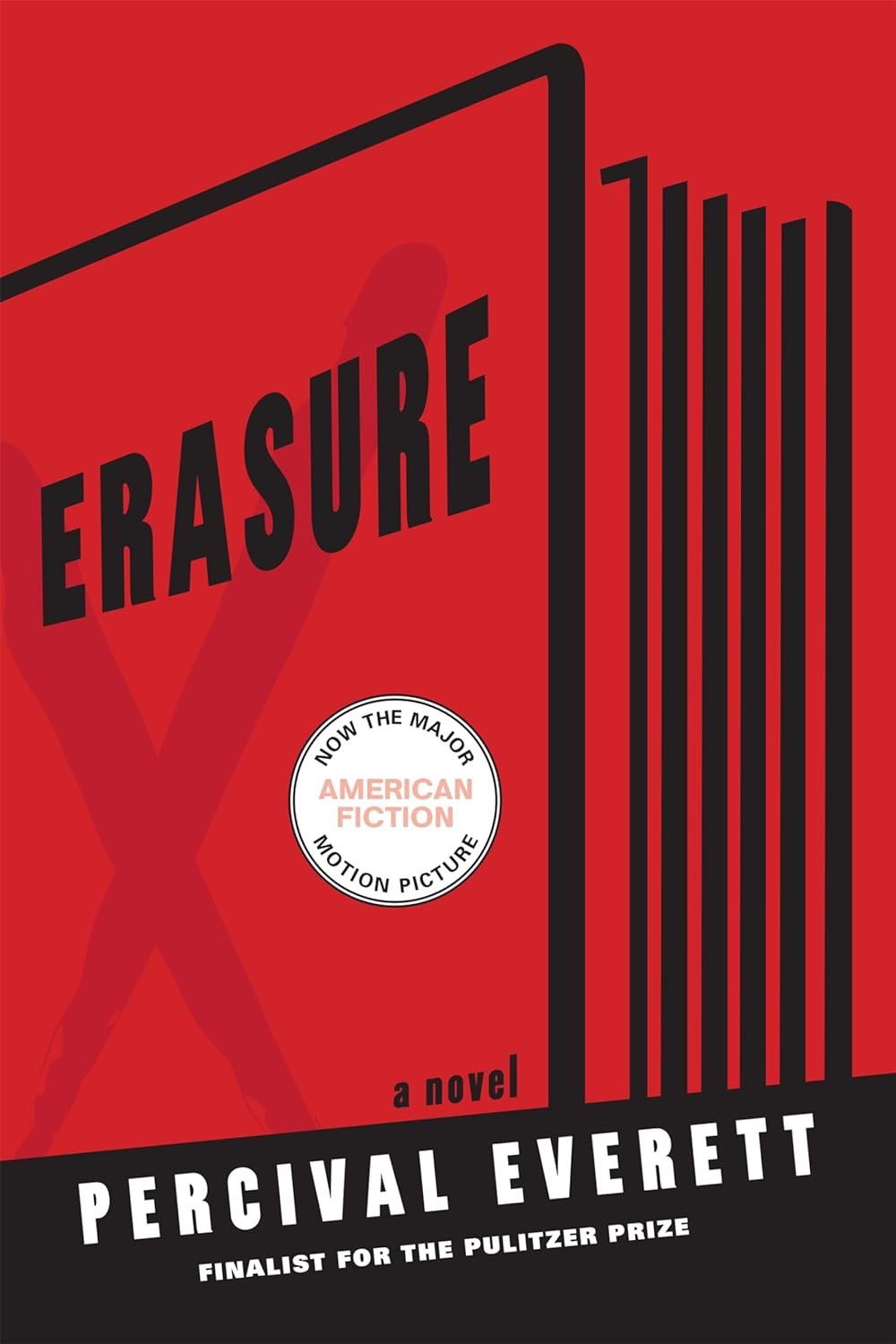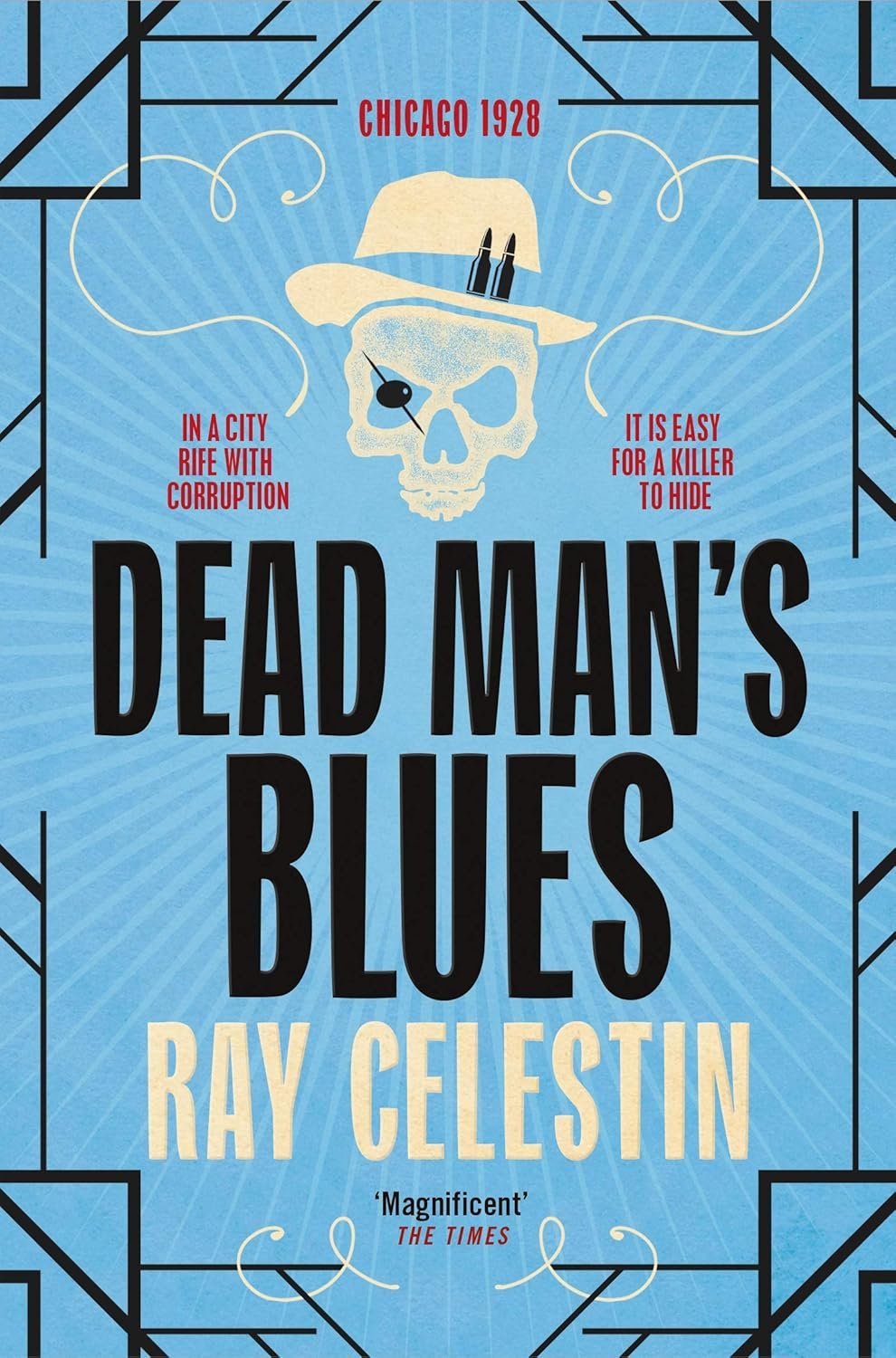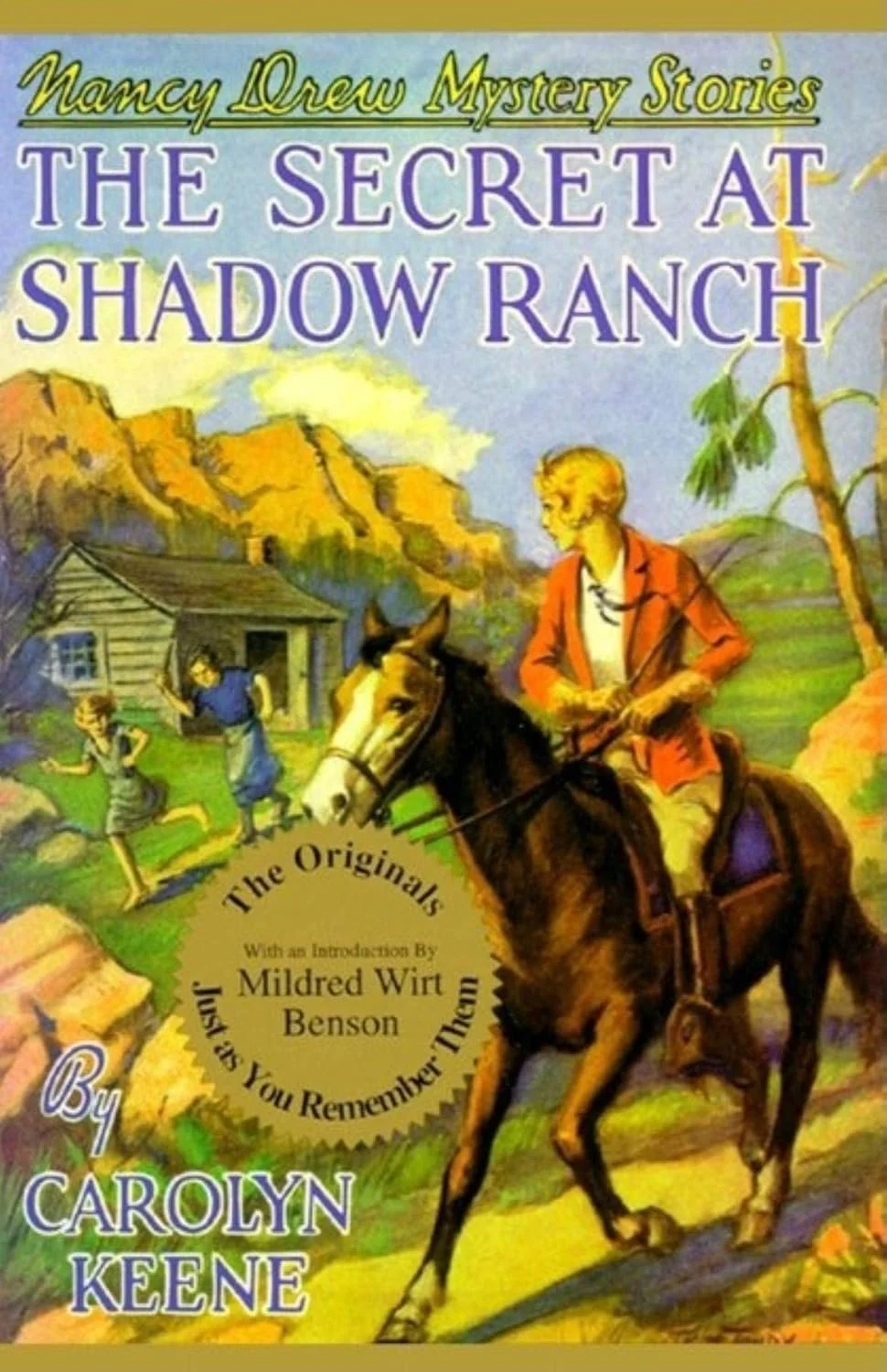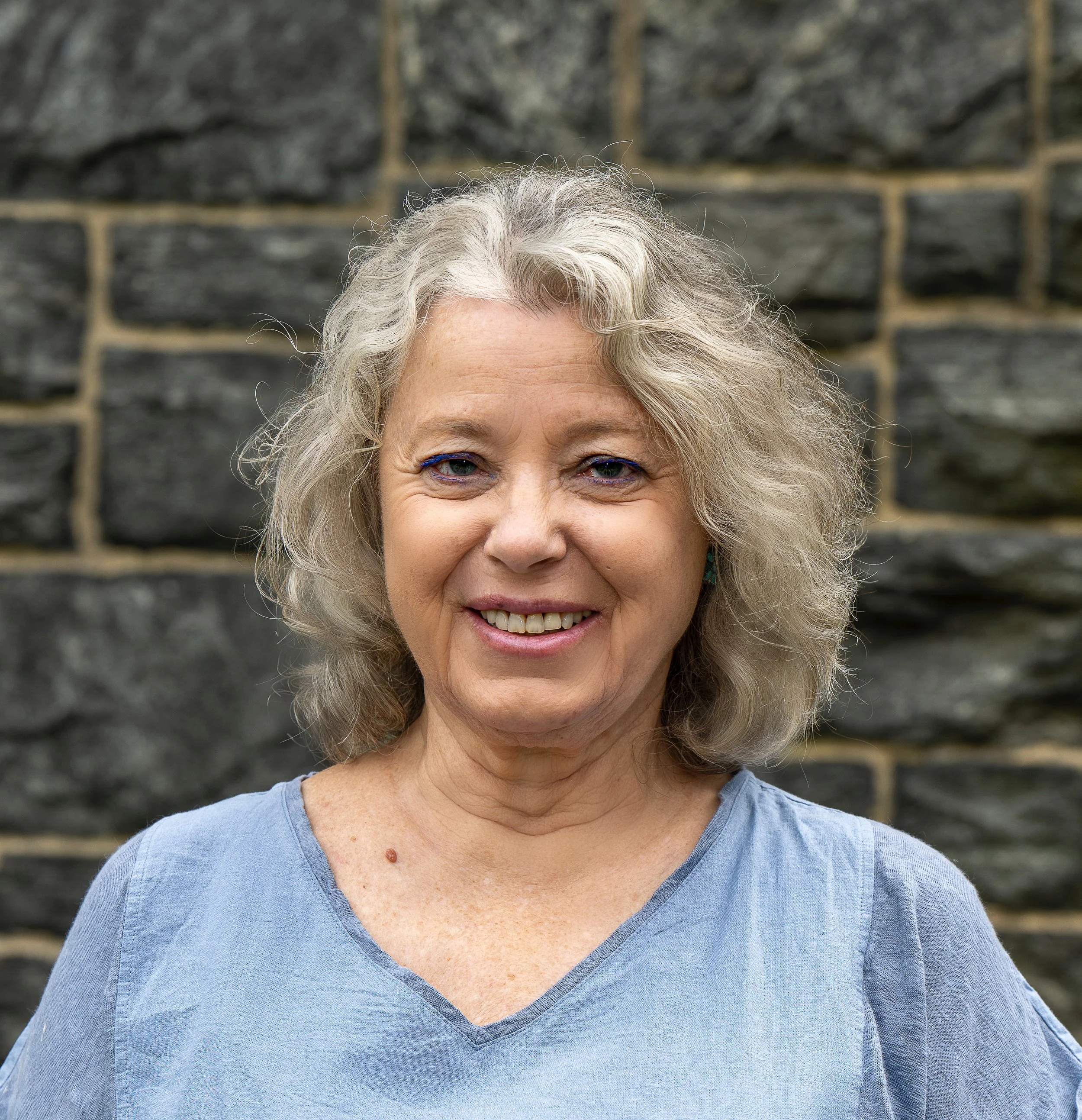Linda Dahl
Author Interview - Linda Dahl
Author of Tiny Vices
For fans of Anne Tyler and Jojo Moyes, a tartly compassionate and contemporary tale of sibling love and conflict, marital challenges, and what personal fulfillment looks like—or doesn’t—in middle age.
Mid-life: Its obligations and demands, its petty foibles and evasions. And sometimes, its crises. Dreams are deferred, shortcomings rationalized. Like favorite old clothes, petty misdemeanors may feel comfortable, but they’re not a good look.
The Talley siblings are planning a family beach vacation—all four of them together for the first time in years. They suspect it will be their last. And God knows they all need a vacation. But wait, is it really such a good idea? Corina, with her recently diagnosed Alzheimer’s, can hardly manage to get through a day without a debacle. Pete is a just-barely-walking catalog of medical calamities stemming from his longtime addictions. Becca is reeling from her teenage son’s latest misadventure. And then there is Kathy, the eldest. After firmly avoiding going back to Rincón Bay, the beach town just a few hours south of the Arizona–Mexico border that has haunted her since a college spring break trip three decades ago, she’s determined to go back and face her ghosts—though she might be better off facing the fact that her marriage is in serious trouble.
When the Talley siblings and their entourage (two spouses, added on at the last minute, and Corina’s Mexican housekeeper/caregiver) finally land in Rincón Bay, they all encounter unexpected consequences from the wounds inflicted by careless loving—but maybe, too, the seeds of healing and hope.
Author Interview - Linda Dahl
Author I draw inspiration from:
Hard as it is to choose, I’ll go with Percival Everett. He has been writing fascinating fiction for decades, choosing to do so on the quiet, until along came a movie deal a couple of years ago: his novel "Erasure" was made into the film "American Fiction," and that was followed by the book "James," a retelling of the Huckleberry Finn classic, from the point of view of the slave Jim, Huck’s erstwhile companion. “James” thrilled the critics, and Stephen Spielberg is making the movie. So Percival Everett has arrived.
Everett trained as a philosopher, and it has served his writing well. He refuses to toe any lines. He is deeply, intelligently, funny. If I had to choose just one of his books, and thankfully I don’t, it would be "I am Not Sidney Poitier" (2009). The plot is fairly indescribable. It includes the main character, I am Not Sidney Poitier, getting arrested in rural Georgia for driving while black; trying, not very well, to solve a murder mystery; negotiating his relationship with his adopted foster father, Ted Turner (of Turner Broadcasting); and, of course, constantly having to deal with his absurd one-of-a-kind name.
Author Interview - Linda Dahl | Author I Draw Inspiration From
Favorite place to read a book:
In the winter, lying on the couch with a cat or two tucked in. In warm weather, sitting on my deck surrounded by flowers. Probably falling asleep in both locations.
Book character I’d like to be stuck in an elevator with:
Dr. John Watson (see "A Study in Scarlet," by Arthur Conan Doyle (and everything that followed).
I’m stuck in an elevator (but not for more than fifteen minutes, please) with Watson, the incomparable friend and foil of the peerless and, to my mind, impossible to live with Sherlock Holmes. So after polite greetings and commiseration about getting stuck in an elevator, I plunge right in. “But how did you put up with him for all those years? Yes, a fantastic intellect, the great savant of crime, all that we know. But impatient, rude, moody, dictatorial. And a drug addict too.” Now what I really want to ask him, but haven’t the guts, is, “Were you two an item? You know, like so many gentlemen of the 1800’s, Abraham Lincoln. they say. I mean, your role, for all intents and purposes, was that of a wife. So, did you, were you?” But I won’t ask him this. I’ll be good, I’ll ask him what was the most fascinating case you ever worked on that you never wrote about. That kind of thing. And then the elevator doors will open.
Author Interview - Linda Dahl | Book Character I’d Like to be Stuck in an Elevator With
The moment I knew I wanted to become an author:
I was 13. My apparently always growing family had just moved to a house that could fit five kids. No longer did I have to share a poky little bedroom with two sisters. As the oldest, I got to have my own room. A very small room it was, but a palace as far as I was concerned. And new furniture, including a desk. It was there that I began my first attempt at fiction. The result? Betty Croven, Camp Counselor, fifty-odd pages on lined paper, modeled very closely on the oeuvre featuring Nancy Drew and my favorite character in the Drew books, George Fayne.
Betty Croven has her day job, looking after a swarm of campers, kind of like I often had to look after my younger siblings. There is a crime – wiped from my memory long ago. Of course, Betty solves a crime and order is restored to the camp. What I do remember: the sense of exhilaration when I finally figured out a plot twist or a character’s motivation. I was hooked.
Hardback, paperback, ebook or audiobook:
Hardbacks have a gravitas of their own, and I love to look at them. As a practical matter, they're heavy to hold for any length of time, so I like paperbacks for their ease. And I respect them no less than their weightier (and more expensive) counterparts. I have never read an ebook, because I'm just old school and like the physical experience of turning pages with my hands. I listen to audiobooks when I'm driving.
The last book I read:
The last book I read was by Ray Celestin, entitled "Dead Man’s Blues" (not coincidentally also title of a 1926 jazz recording by the great early jazz pianist Jelly Roll Morton). This is the second in his City Blues Quartet, novels that chart the twin histories of jazz and the Mob as it impacted daily American life in the first fifty years of the twentieth century. I loved all of these books. What a way to learn history! Celestin, a white Englishman, In "Dead Man’s Blues," weaves meticulously researched detail about how organized crime impacts ordinary people down on the ground, with fully realized portraits of crime bosses, detectives, and the growth of the Black American art form we call jazz, within the growth of American capitalism. Most of all, just how the “entertainment business” has been entwined with organized crime.
Louis Armstrong, a young New Orleans prodigy, has come to Chicago and is beginning to set his inimitable mark on music there in 1928 at a time of hyper-growth in the WIndy City, fueled by the hunger for booze during Prohibition. It's a hot, steamy summer in 1928, and hell is breaking out: city leaders poisoned to death in a fancy hotel, a white gangster found dead and disfigured in a Black Belt alley, the disappearance of a famous heiress. Into this seething milieu, Celestin introduces his two heroes. Michael Talbot, a white man, and Ida Davis, a Black woman, are Pinkerton detectives who will solve these crimes. (Yes, there were women private detectives then!) And Louis Armstrong will find his voice as one of America’s premier musicians ever.
Author Interview - Linda Dahl | The Last Book I Read
Pen & paper or computer:
I write on a computer and only on a desktop at that, but back in the dark ages before computers, when I started writing, and there weren't even electric typewriters, I took my portable Olivetti typewriter everywhere, along with some white-out and the acceptance that I would be doing a lot of repetitious retyping. Switching to computers was heavenly. Amazing to think of the pre-computer age, though I have little doubt that it forced us writers to think more deliberately simply because of the hassle of rewrites.
Book character I think I’d be best friends with:
The book character I’d like to be tight with? Gotta be George Fayne from the Nancy Drew series, starting with “The Secret at Shadow Ranch” in 1931.
George was at one pole of pre-1960’s femininity – a tomboy. Her cousin, Bess Marvin, all white gloves and squeamishness, was at the other end. Nancy Drew, stylish but not afraid to get muddy (never mind bloody) squarely in the middle. George… Well, she wins judo competitions, she’s not interested in fashion, she wears her hair as short as she can get away with, and most important, she doesn’t let fear stop her from doing the brave thing. In “The Clue of the Velvet Mask,” George is traumatized: kidnapped, drugged and threatened by a criminal gang. But she bravely overcomes her fear and confronts the gang, helping Nancy save the day. My hero.
When George and I become friends, I’m 12 years old, the oldest child in a family of five kids. Whenever I can, I jump on my Schwinn bike and go exploring. I’m also a bookworm. I devour every new Nancy Drew mystery.
At 12, I would take George on a bike ride and show her the house past the suburbs, alone at the edge of field. It’s deserted, spooky. My friend Kathy and I found it. We peered in a window and saw all this weird stuff like in a doctor’s office. We just knew something bad had gone down there. If George would go there with me, she’d figure it out. She'd solve the Crime of the Spooky House.
Author Interview - Linda Dahl | Book Character I’d be Best Friends With
If I weren’t an author, I’d be a:
I would be an adjunct professor of English as a Second Language, a job that sustained me for some time when I was writing. In a class, at any one time I had students from as many as ten to fifteen different language backgrounds. I knew what it was like to struggle with the seeming absurdities and grunt work of memorizing verb tenses and the self-consciousness and vulnerability of trying to express yourself in a foreign language. And I knew the exhilaration and empowerment that comes when you reach a certain level of fluency. It was a job that, done right, could help people. used to feeling unseen and unheard, flourish.
Favorite decade in fashion history:
I’ll pick the 1940’s because of the huge changes enforced on fashion (as well as everything else) by World War II. Once France was embroiled and invaded by the Germans, French couture was silenced. For the first time, American fashion dominated. Because of rationing (fabric was needed for the endless supply of soldiers’ uniforms), skirts got short and everything was tailored. At the same time, the ready-to-wear market, with both practical and trendy, sportier styles, took hold. The sportswear revolution was born.
Place I’d most like to travel:
I’ve always loved to travel and I’ve been able to see many of places that intrigue me. I would like to go back to Burma, or Myanmar as the military dictatorship renamed it in 1989. Burma was the setting for my last book, “An Upside-Down Sky,” in which a group of disparate characters are thrown together on a tour of that land of seemingly endless Buddhist temples in 2014. That was an exhilarating time for the Burmese people, finally free of oppression. But it turned out to be a fantasy, cruelly ended in 2016, when the military crushed the new democracy. A civil war has followed, and like all such wars, “cruel” is the most apt way to describe it.
On weekends, crowds of families would flock to pagodas to picnic among the buddhas. Now young men hide from the military – at any moment, they could be plucked off the street and sent to fight their neighbors. Social media is forbidden; cell phones are routinely confiscated. In the jungles, young women who were teachers have learned to shoot to kill, doctors and professors now plot guerilla war strategy. And poets write odes to beauty and to justice that the Burmese recite before they go to battle. That’s where I would like to go.
My signature drink:
That would have to be coffee (with milk and sugar). Rarely after noon. In the summer, a tall glass of iced tea chased with peach or mango juice. And there's always a glass of water lurking around.
Favorite artist:
There are so many! But the art of Mexican painter Rufino Tamayo (1899-1991) always excites me. A Zapotec from Oaxaca born to humble parents, he moved to Mexico City when he was a boy and became a fruit seller. He loved to draw and managed to get into an art academy but he hated its rigidity. He went his own way after that, butting heads with overtly political artists like Diego Rivera and fleeing to New York and later Europe where he was recognized as a great talent before he returned to Mexico.
Tamayo's art is profoundly Mexican. "Mexicans," he said, "are not a gay race, but a tragic one." His figures have a dream-like cast, they seem to live simultaneously in pre-Columbian times and in an eternal modernity. But above all, his colors! The great Mexican poet Octavio Paz says it best: "If I could express with a single word what it is that distinguishes Tamayo from other painters, I would say without a moment's hesitation: Sun. For the sun is in all his pictures, whether we see it or not."
Number one on my bucket list:
From time to time, I draw or paint. I even took some lessons, designed for non-artists. I would like to develop the discipline to work with watercolor.
Anything else you'd like to add:
No, that's it!
Find more from the author:
https://www.facebook.com/profile.php?id=100056370707554.
https://www.linkedin.com/in/linda-dahl-a4baab5/
About Linda Dahl:
Author Interview with Linda Dahl
LINDA DAHL began writing as a freelancer about two passions, jazz and Latin America, before turning to fiction. She has written ten published books, including the novels Tiny Vices, An Upside-Down Sky, Gringa in a Strange Land, and The Bad Dream Notebook, and the nonfiction works Stormy Weather and Morning Glory. Her books have consistently garnered awards and praise, including a Notable Book of the Year nod from The New York Times Book Review for Morning Glory in 2000 and an IBPA Ben Franklin Awards Finalist in Popular Fiction for The Bad Dream Notebook in 2017. Linda loves reading, swimming, music, and doing volunteer work in her community. She lives in Riverdale, New York. Find her online at lindadahlbooks.com
